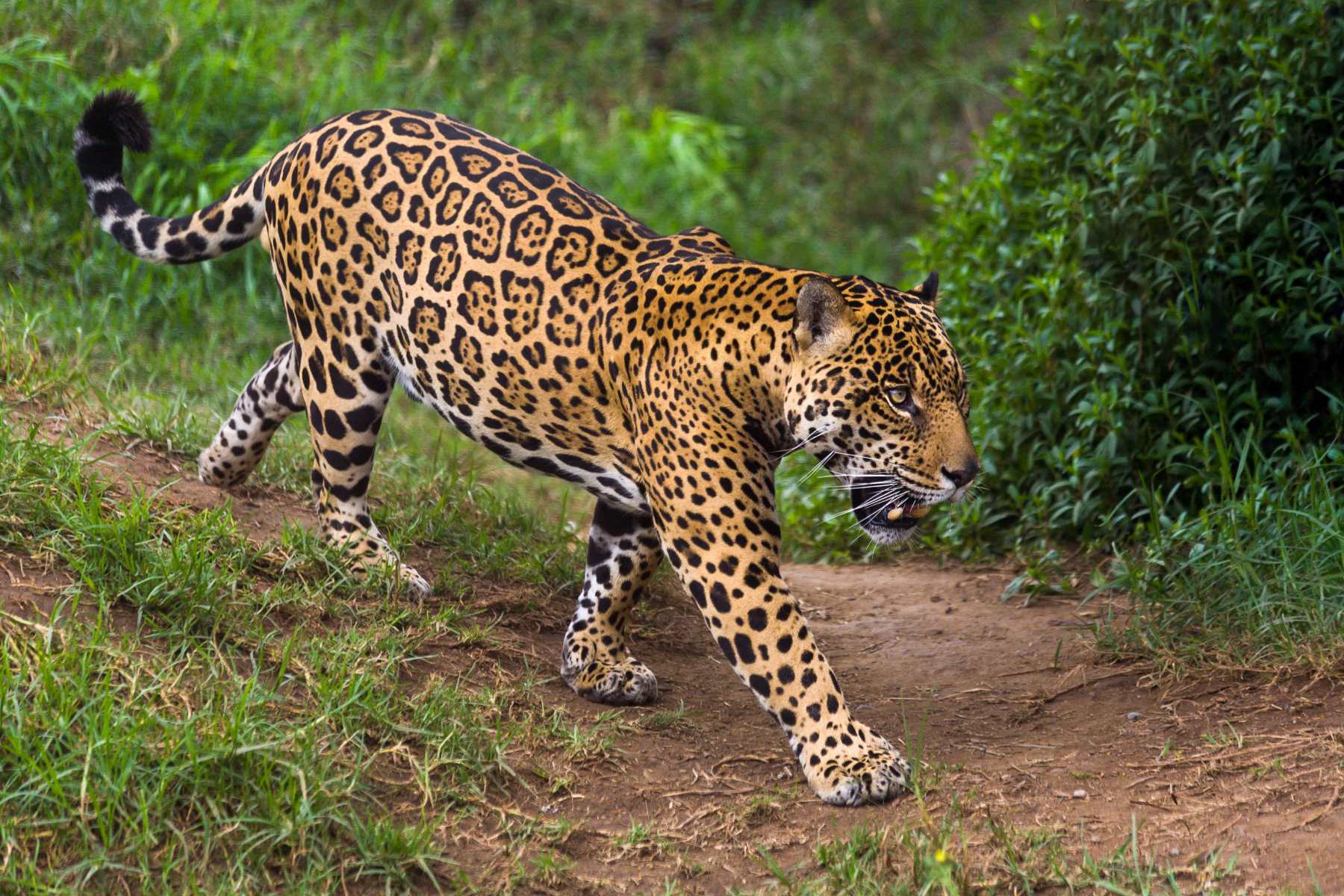Secret Jaguar Corridors Of The Southwest

Imagine walking through the rugged landscapes of the American Southwest and suddenly spotting a jaguar. These majestic creatures, often associated with the dense jungles of South America, also roam the deserts and mountains of Arizona and New Mexico. The secret jaguar corridors of the Southwest are vital for their survival, providing pathways that connect isolated populations. These corridors help jaguars find food, mates, and safe routes to travel. Understanding these hidden pathways can help protect these incredible animals and ensure they continue to thrive in their natural habitat. Ready to learn more about these elusive big cats and their hidden trails?
Secret Jaguar Corridors of the Southwest
The Southwest is home to some of the most elusive and majestic creatures on Earth. Among them, the jaguar stands out, not just for its beauty but for its mysterious pathways. These secret corridors are vital for their survival, connecting habitats and ensuring genetic diversity. Let's explore some of these hidden routes.
1. Sky Islands of Arizona
The Sky Islands are a series of mountain ranges that rise from the desert floor. These isolated peaks create unique habitats, perfect for jaguars to roam.
- Chiricahua Mountains: Known for their rugged terrain and diverse ecosystems, these mountains provide a safe haven for jaguars.
- Santa Rita Mountains: With dense forests and abundant prey, this range is a crucial link in the jaguar corridor.
- Huachuca Mountains: These mountains offer a mix of grasslands and woodlands, ideal for jaguar movement.
2. Borderlands of New Mexico
New Mexico's borderlands are another critical area for jaguar corridors. These regions offer vast, unspoiled landscapes where jaguars can thrive.
- Peloncillo Mountains: Straddling the Arizona-New Mexico border, these mountains are a key passageway for jaguars moving between the two states.
- Animas Valley: This valley provides a natural corridor, with its mix of grasslands and riparian areas.
- Bootheel Region: Known for its remote and rugged terrain, this area is a vital link in the jaguar's journey.
3. Sonoran Desert
The Sonoran Desert, with its unique flora and fauna, plays a significant role in the jaguar's habitat. Despite its harsh conditions, this desert offers essential pathways.
- Organ Pipe Cactus National Monument: This protected area provides a safe route for jaguars, with its diverse plant life and water sources.
- Cabeza Prieta National Wildlife Refuge: Spanning over 800,000 acres, this refuge offers a vast, undisturbed landscape for jaguars to traverse.
- Barry M. Goldwater Range: Though primarily a military training ground, this range also serves as a crucial corridor for wildlife, including jaguars.
4. Sierra Madre Occidental
The Sierra Madre Occidental mountain range in Mexico is a significant extension of the jaguar's habitat. These mountains are essential for maintaining genetic diversity.
- Copper Canyon: Known for its deep canyons and rugged terrain, this area is a prime habitat for jaguars.
- Sierra de Álamos-Río Cuchujaqui: This biosphere reserve offers a mix of tropical and temperate ecosystems, perfect for jaguar movement.
- Sierra de San Luis: Located near the US-Mexico border, this range is a critical link in the jaguar corridor, connecting northern and southern populations.
5. Conservation Efforts
Efforts to protect these corridors are crucial for the survival of jaguars. Various organizations and initiatives are working tirelessly to ensure these pathways remain intact.
- Northern Jaguar Project: This initiative focuses on protecting jaguar habitats in northern Mexico, ensuring safe passage for these majestic cats.
- Wildlands Network: Working across borders, this organization aims to create a connected network of habitats for jaguars and other wildlife.
- Sky Island Alliance: Dedicated to preserving the unique ecosystems of the Sky Islands, this group plays a vital role in maintaining jaguar corridors.
Preserving the Pathways
Protecting the secret jaguar corridors of the Southwest is vital for the survival of these majestic creatures. These pathways allow jaguars to roam freely, find mates, and maintain a healthy gene pool. Without these corridors, jaguars face isolation, which can lead to inbreeding and a decline in population.
Efforts to conserve these corridors involve collaboration between governments, conservationists, and local communities. By raising awareness and supporting conservation initiatives, we can ensure that jaguars continue to thrive in their natural habitat. Simple actions like supporting wildlife organizations or advocating for protective legislation can make a significant difference.
The future of jaguars in the Southwest depends on our commitment to preserving their natural pathways. Let’s work together to protect these incredible animals and the ecosystems they inhabit. Every effort counts in safeguarding the legacy of the jaguar for future generations.

